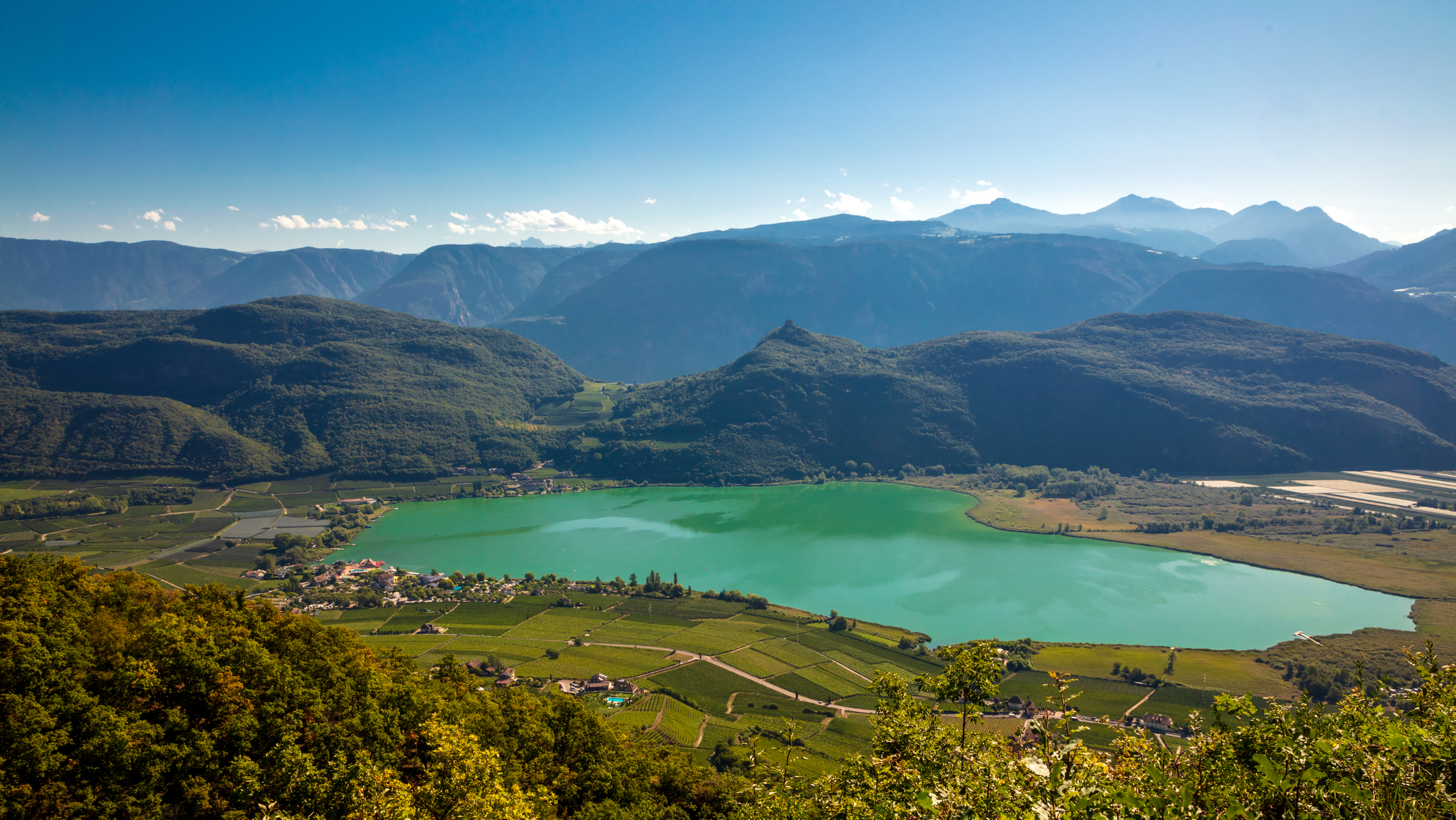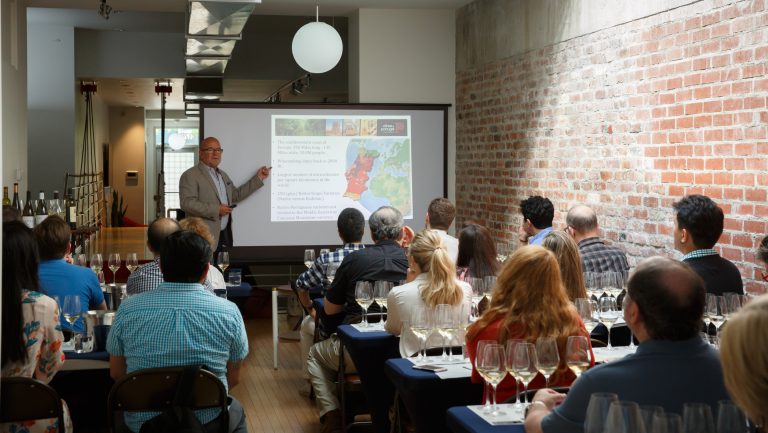This advertising content was produced in collaboration with our partner Santa Margherita USA.
White wines have long played a minor role in Italy, but now they are taking the stage, if not a starring role, as wine lovers come to appreciate their clean, honest terroir-driven profiles.
Perhaps nowhere is that more prevalent than in the lively whites of Alto Adige DOC and the Lugana DOC. Drawing from northeast Italy’s unique natural resources—the Dolomite mountains in the former and Lake Garda in the latter—these wines translate their respective terroirs in the glass, delivering memorable aromatics, vibrant acidity, and a range of fruit flavors from the orchard to the grove.
The Alpine Altitude of Alto Adige
In Alto Adige, vineyards are cultivated at mountain altitudes between 600 and 3,300 feet above sea level. At Kettmeir, a producer that in 2019 celebrated a centennial of winemaking, the wines are uniquely “transparent to their unique Alpine terroir,” says Kristina Sazama, wine educator at Santa Margherita USA, which represents Kettmeir in the U.S.

Don’t miss the latest drinks industry news and insights. Sign up for our award-winning newsletters and get insider intel, resources, and trends delivered to your inbox every week.
Fermented at cool temperatures to preserve delicate aromas and unmasked by oak, Kettmeir’s wines show a purity of fruit and refreshing acidity while displaying the complexity resulting from a diversity of elevations, expositions, and mixed glacial soils.
“As if looking through a magnifying glass, the wines of the Alto Adige have a brilliant, precise focus with pure aromas and flavors,” Sazama says.
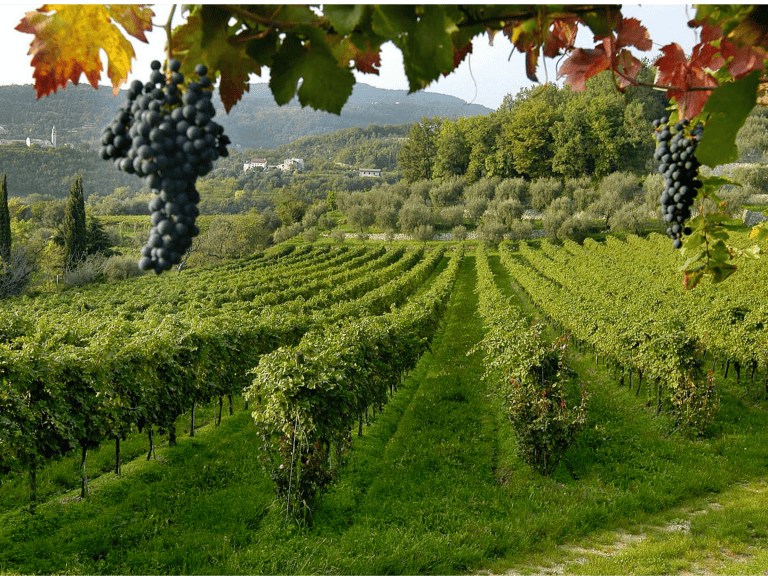
Santa Margherita
As one of Italy’s largest family-owned wine producers, Santa Margherita has developed a reputation for excellence across a diverse range of prominent wine regions.
Along with the altitude, the vineyards benefit from long sunny days, significant diurnal temperature variation, and a historic farming tradition unique to the region called maso chiuso or “closed farm,” which since medieval times has protected the family farm and its inheritors. Such passage ensures not only the integrity of the farm, but also the ancient viticultural traditions on these steep slopes such as the unique single-pergola trellises.
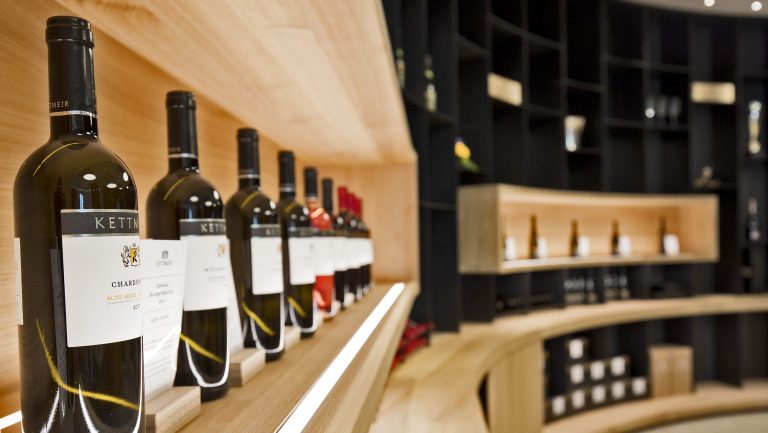
Kettmeir’s Single-Varietals Shine
Three dry single-varietal whites from Kettmeir speak to both the tradition and the future of wines from Alto Adige: Pinot Bianco, Müller-Thurgau, and Pinot Grigio.
Kettmeir’s Pinot Bianco is an aromatic wine redolent of white flowers and green apples, with a textured mouthfeel, thanks to aging on lees. With fresh minerality, it’s a versatile wine that partners with light hors d’oeuvres, freshwater fish, and difficult-to-pair green vegetables such as asparagus.
Produced from high slopes on limestone and porphyric soils, Müller-Thurgau delivers an aromatic nose of mountain flowers and exotic fruit, and a full, round palate laced with minerality. This is a wine that likes risotto, grilled seafood, or spiced tagines.
Kettmeir’s Pinot Grigio, produced from mid-altitude and hillside vineyards, is distinctive: concentrated and focused with crisp, green apple and lemon curd flavors, and bright acidity. (By contrast, Pinot Grigio made in the Veneto expresses more juiciness and warm fruit characters such as yellow apples.)
“There has been a real swing away from high-alcohol, full-throttle, ambitiously oaked wines to wines of elegance and finesse, where fruit flavors are on display, which is precisely what the Alto Adige offers,” says Sazama. “Moderate levels of alcohol with crisp acidity make these wines really flexible on the table.”

Lakeshore Trebbiano: Lugana DOC
Northern Italy’s white wines transition seamlessly from Alpine to Mediterranean, finding a dock on the shores of Lake Garda, at 32 miles long, Italy’s largest glacial lake. Where the Dolomites are edgy and majestic, Lake Garda, framed by the Morainic Hills in the narrow northern neck and marked by calm waters in its broader south, has inspired poets such as Ezra Pound and Lord Alfred Tennyson with her serene beauty.
The Cà Maiol winery located near the historic commune of Sirmione on the southern shores of the lake, leverages this temperate climate for white wines produced in the Lugana DOC from the Trebbiano di Lugana (Turbiana) grape. Genetically related to the Marche’s Verdicchio grape, Trebbiano here is more full bodied, rich and boasts more zesty acidity than its eastern cousin.
Established as a DOC in 1967, Lugana is a small appellation of about 100 bottlers, mostly small producers focused on high-quality wines indigenous grapes. It straddles the border of Lombardy to the west and the Veneto in the east, with most of the wine production on the Lombardy side.
The lake’s moderating influences create a “climatic paradise for grapes,” says Sazama, noting that while the diurnal temperature differences are not as dramatic as those in the Dolomites, the lake’s cool breezes compensate and give the wines freshness with a saline character.
Lugana wines are also helped by the glacial soils found on the southern shores of the lake. Pebbles, rocks and stratified layers of clay and limestone contribute to complexity, power and elegance of these wines. Sazama describes them as a local translation of unoaked Chardonnay and Pinot Grigio, combining full body and orchard fruit flavors with zesty acidity and bright citrus.
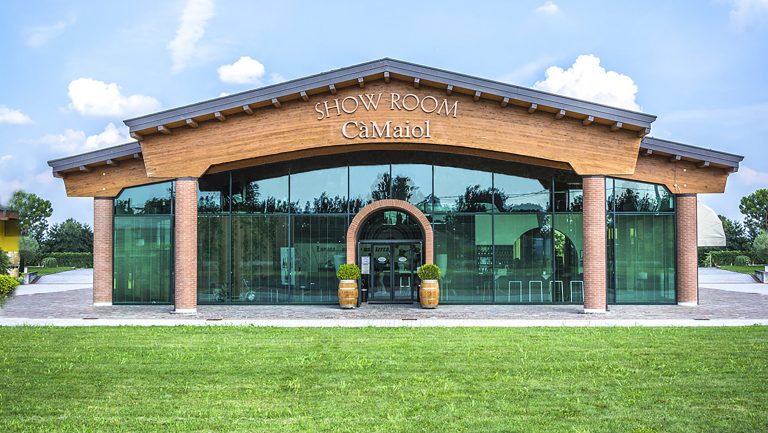
Cà Maiol’s Under-the-Radar Whites
Coming from a farm founded in 1710, Cà Maiol’s Lugana Maiolo is a young wine meant to be enjoyed al fresco for a variety of occasions. Light, dry and fresh, its white almond and apple flavors make it suitable for aperitifs, and it stands up to light shellfish and pasta dishes, risotto and fresh vegetable salads. Limestone-based soils give this wine elegance and a tangy freshness.
Lugana Molin is Cà Maiol’s single-vineyard cuvée and takes its name from one of the estate’s oldest farms: Accordingly, it’s produced from grapes from the oldest vines. After 48 hours of skin contact, the wine is structured and textured, showcasing the characteristic flavors of Trebbiano di Lugana, and the depth and complexity of old-vine fruit. The refined nose expresses kiwi, lavender, and fresh almonds, carried through to the palate, joined by layers of stone fruit, fresh citrus, and apricots, and leading to a long and slightly musky finish. In the spirit of what grows together goes together, this is an ideal wine with light fish courses, grilled vegetables, and mature cheeses.
Though wines from Lugana are under the radar in the U.S., “with those climatic and soil influences as translated through a local grape and their sheer approachability, these wines should become very well known in the market,” says Sazama.

Dispatch
Sign up for our award-winning newsletter
Don’t miss the latest drinks industry news and insights—delivered to your inbox every week.



